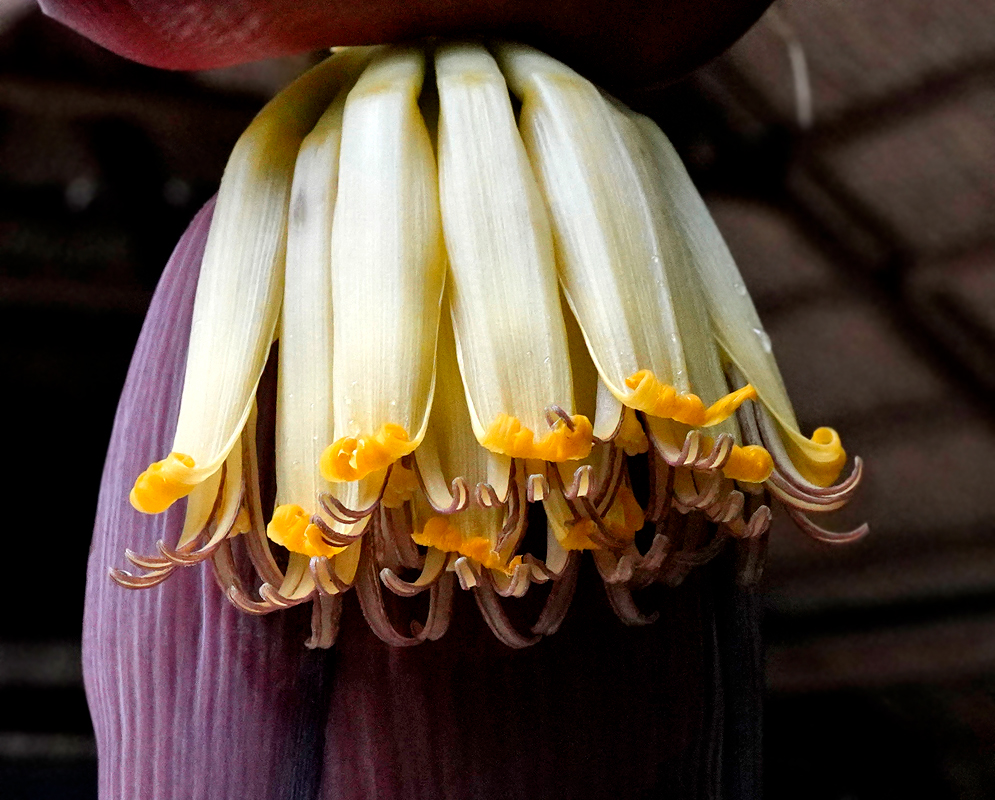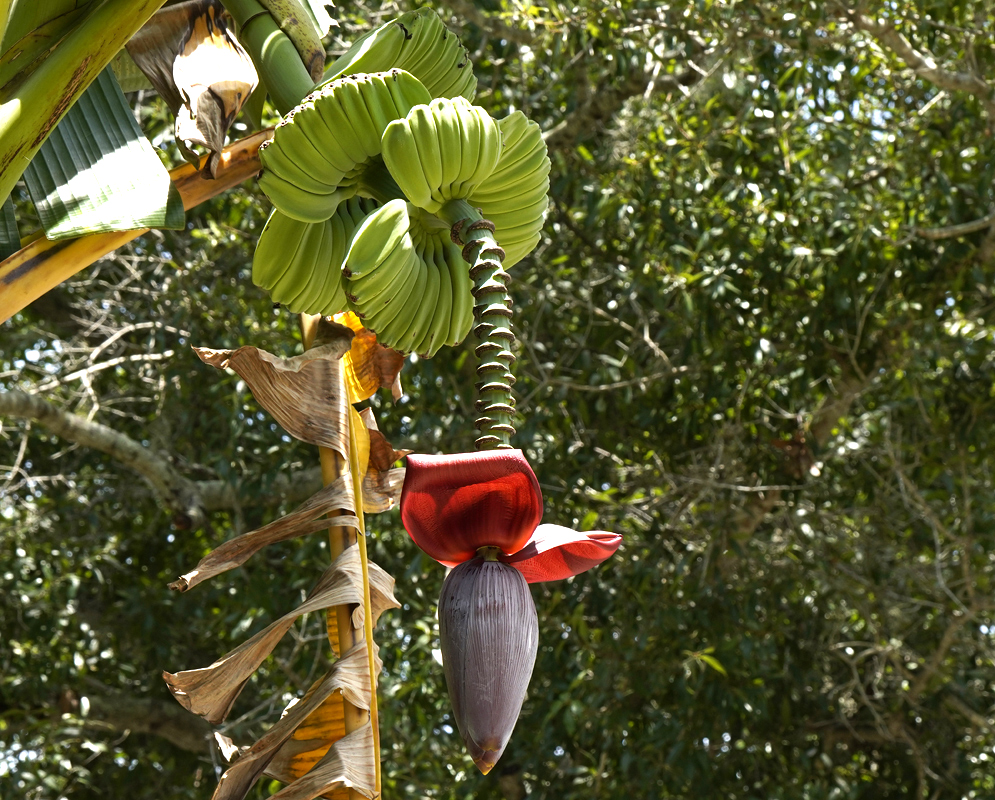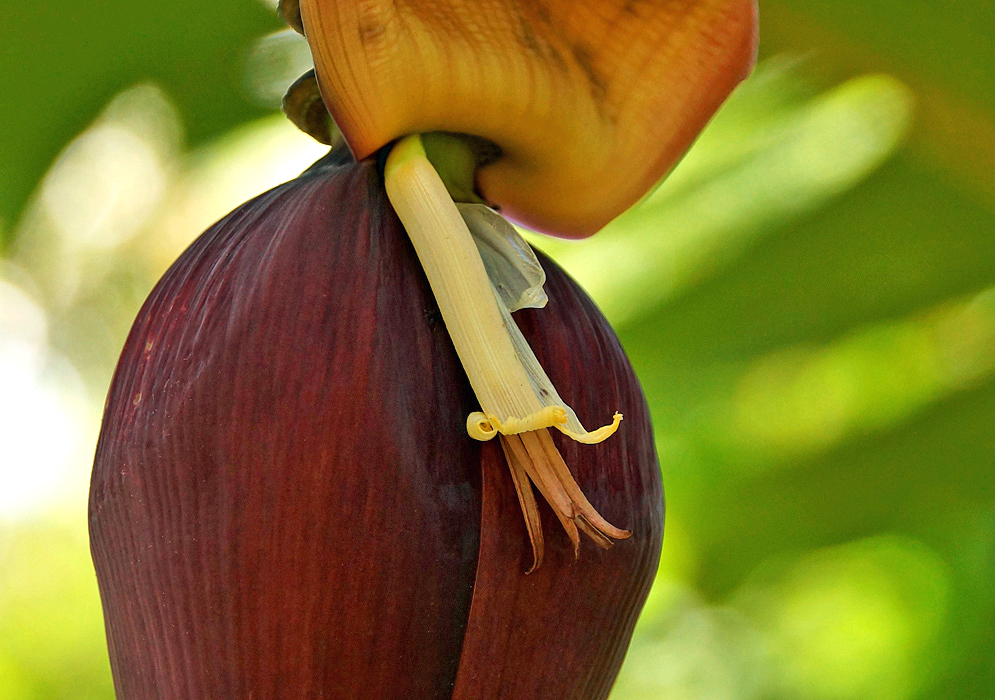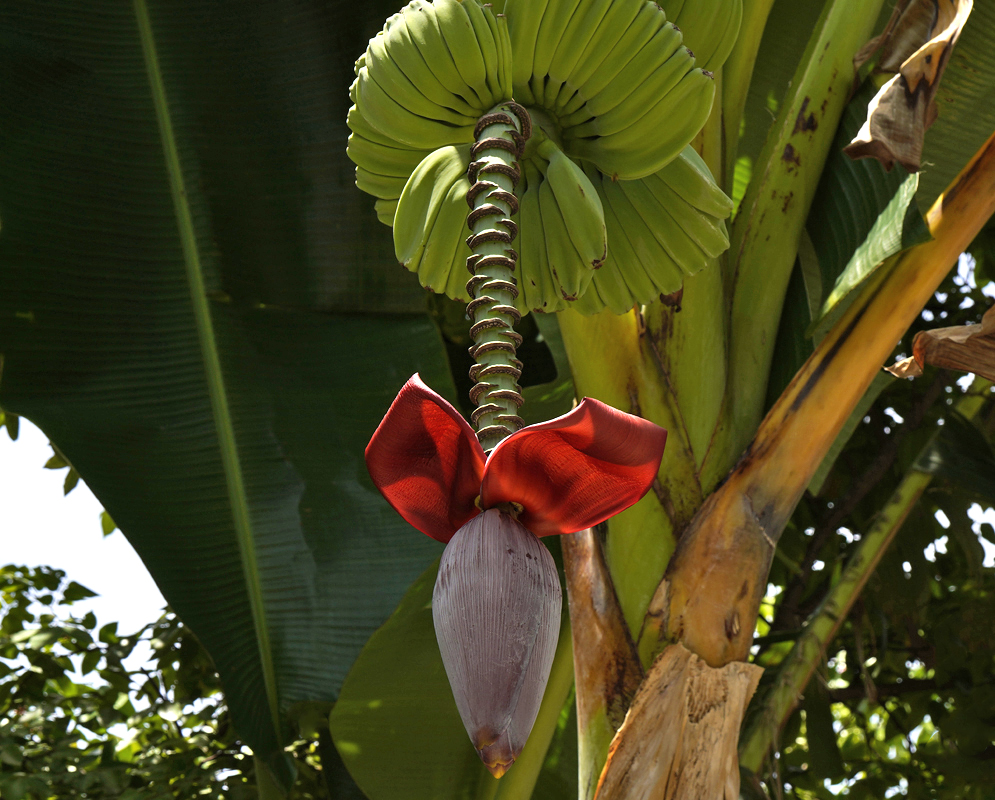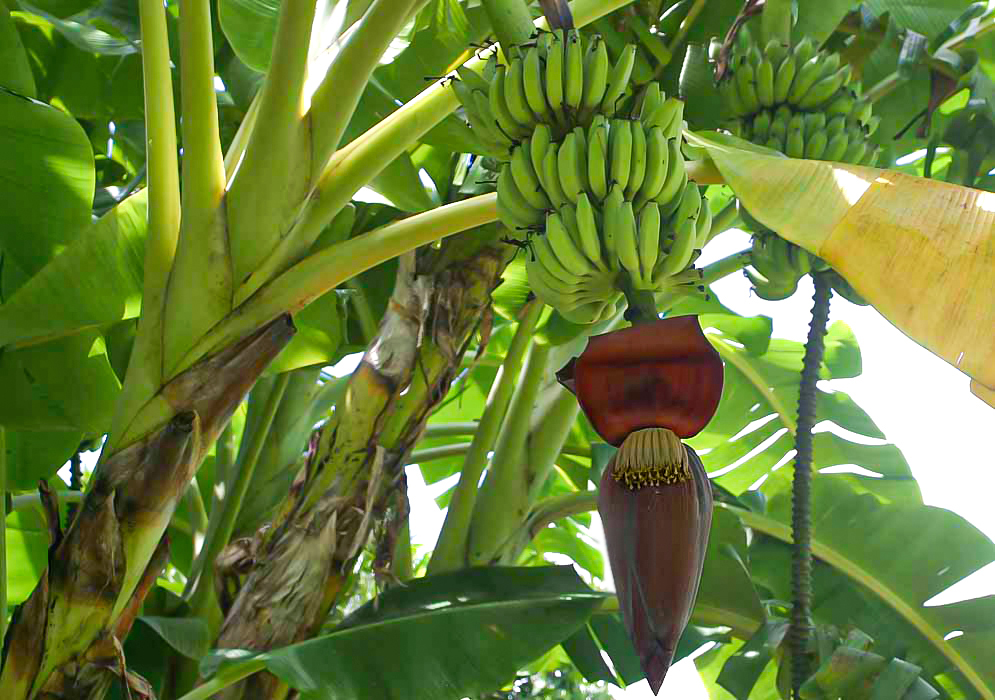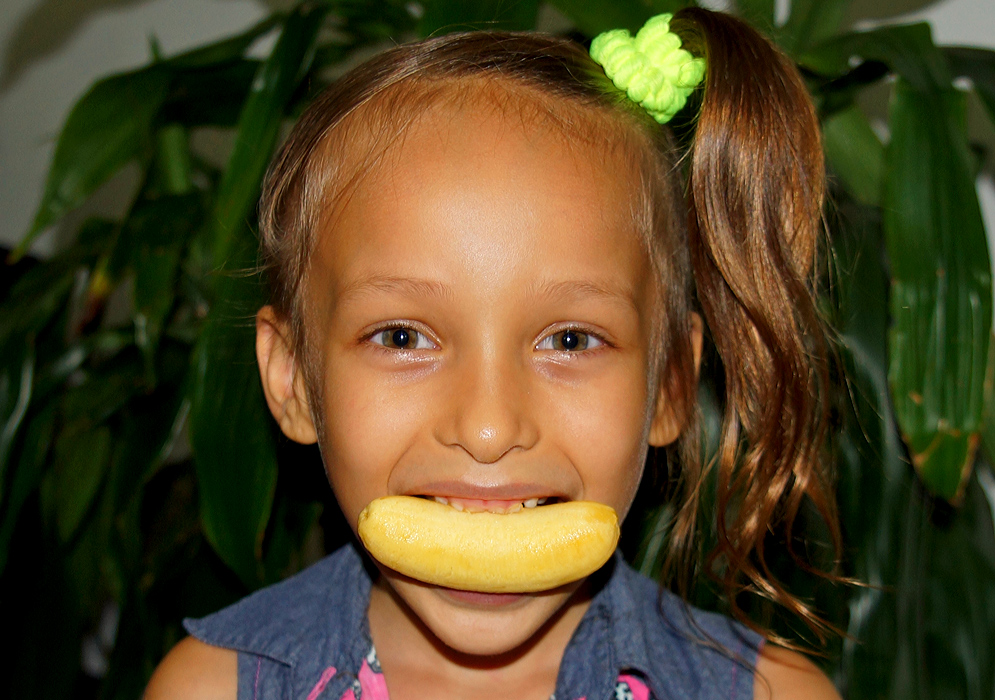This post has 11 Simple Fields-fields attached. Show fields.

Originating in Southeast Asia, the Wild Banana, has a rich history dating back to ancient agricultural practices. It's believed that Southeast Asian farmers were the first to domesticate this species, and as cultivation spread northwest, it hybridized with Musa balbisiana, leading to a variety of cultivars. The fruit it bears is not just edible but highly nutritious, providing energy, vitamins, and minerals. It's a staple food in many developing countries due to its high content of potassium, magnesium, and sugars. India stands as the major producers. The Cavendish subgroup is highlighted as the primary producer of this species today, specifically for commercial banana production. Certain subgroups like 'Red' and 'Green and Red' are known for their distribution among private and residential habitats. Colombia is a major grower and exporter of bananas. Only coffee and flowers have a higher export value. It is called Banano in Colombia. The best bananas will normally be sold roadside in Colombia. Cultivated below 6,000 feet. Photographed in the central Andes mountain range of Colombia (Cordillera Central).


